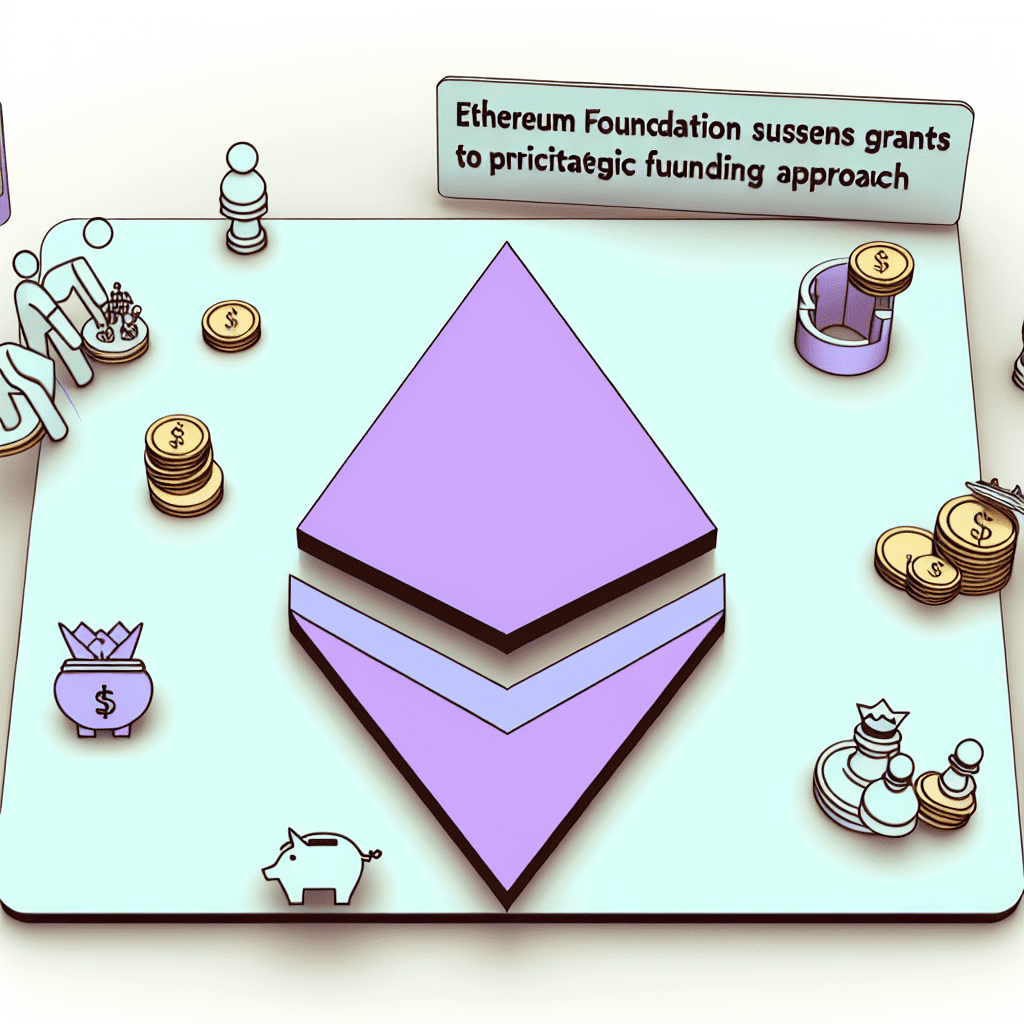Following the funding of numerous projects totaling millions of dollars, the Ethereum Foundation is temporarily suspending the open grant application process for the Ecosystem Support Program (ESP). This pause aims to concentrate on a more proactive funding model aligned with the ecosystem’s strategic requirements.
This shift occurs as the foundation experiences challenges in handling the influx of applications, which it indicated has resulted in “limited capacity to pursue new strategic opportunities.”
In a blog post released on Friday, the Ethereum Foundation emphasized that while the ESP will still fund new projects, it will adopt a more refined grantmaking strategy. Additional information is expected in the fourth quarter, including a curated methodology that identifies specific ecosystem priorities.
In 2024, the ESP allocated nearly $3 million across 105 projects and initiatives, supporting areas including developer tooling, data and analytics, research, and education. In the first quarter of 2025 alone, the Ethereum Foundation distributed $32.6 million in grants.
Founded as a nonprofit in 2014 by Ethereum’s co-founders, the Ethereum Foundation has historically played a pivotal role in providing funding, coordination, and a long-term vision for the blockchain’s growth, including significant network upgrades.
In June, the foundation implemented a more transparent treasury policy to detail operational costs and cash requirements. As part of this commitment, it pledged to release quarterly and annual disclosures of its assets, investments, and any significant developments.
Related: No more ETH dumps? Ethereum Foundation turns to DeFi for cash
Ethereum Foundation’s evolving priorities
As the second-largest blockchain, Ethereum benefits from substantial support from institutional investors and developers but faces increasing competition from faster, lower-cost alternatives such as Solana, Avalanche, and BNB Smart Chain, which claim to be more scalable and user-friendly.
Consequently, Ethereum is being directed toward a renewed emphasis on layer-1 scaling, reducing network costs, and enhancing the overall user experience.
These priorities were outlined in a separate foundation blog post on Friday, which characterized interoperability as “the highest-leverage opportunity within the broader UX domain over the next 6–12 months.”
Interoperability has emerged as a primary focus due to the rapid rise of layer-2 protocols. Although these solutions amplify Ethereum’s functionality, they also present new challenges, notably fragmentation, as highlighted by the foundation.
Earlier this year, the foundation also launched a $1 trillion security initiative — a comprehensive strategy aimed at bolstering Ethereum’s resilience and positioning the network for a broader, non-crypto audience.
Ethereum has already made significant strides with financial institutions, with VanEck CEO Jan VanEck referring to Ether (ETH) as the “Wall Street token.” Regarding stablecoins, he asserted that the winning blockchain will be the one that attracts the most builders: “It’s going to be Ethereum, or something that utilizes Ethereum’s methodology.”
Related: Ethereum should limit transparency for a fairer blockchain

